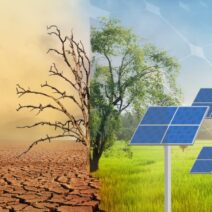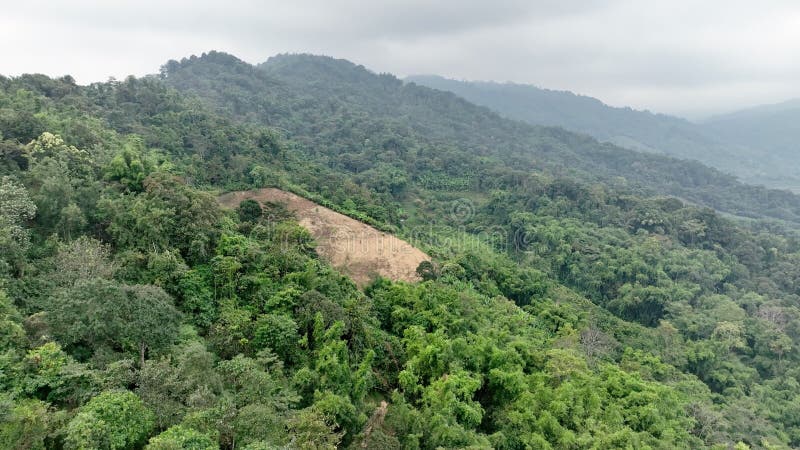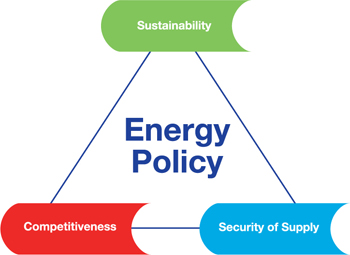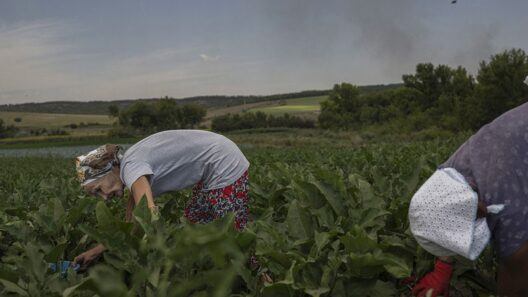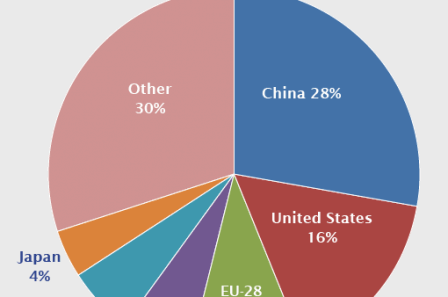Deforestation’s Debt: How Forest Destruction Fuels Global Warming’s Environmental Toll
Imagine a world where lush greenery dominates the landscape, teeming with biodiversity and supporting innumerable species. Now consider the stark contrast of vast expanses of barren land, stripped of their natural habitat. Deforestation presents a sobering question: How much longer can humanity ignore the havoc wreaked upon our planet’s forests before facing an irreversible consequence? The challenge lies in understanding the profound relationship between deforestation and global warming: a complicated web that features environmental, economic, and social dimensions.
Forests, often referred to as the lungs of our planet, play an indispensable role in maintaining ecological balance. They are responsible for absorbing carbon dioxide (CO2), one of the principal greenhouse gases contributing to climate change. When trees are felled or burned, not only is this carbon-storing capacity compromised, but additional carbon is released back into the atmosphere, exacerbating global warming. This cyclical predicament raises an essential point: the forest destruction incurred through agricultural expansion, logging, and urban development is not merely an aesthetic loss; it poses significant threats to global climate stability.
The phenomenon of agricultural deforestation is particularly alarming. As global populations burgeon, the demand for food escalates, leading to an accelerating conversion of forested areas into farmlands. This insatiable urge to cultivate crops often overlooks the crucial ecosystem services provided by forests. These services include soil preservation, water regulation, and habitat for diverse organisms. Such myopia in agricultural policy can instigate detrimental feedback loops, where decreased forest cover diminishes climate resilience, further complicating agricultural yields and sustainability.
Moreover, the narrative of deforestation is fraught with socio-economic complexities. In many developing regions, communities rely on forests for their livelihoods—be it through timber, non-timber forest products, or subsistence agriculture. Consequently, initiatives aimed at conserving forests can oftentimes clash with the immediate economic interests of local populations. This duality of perspectives necessitates dialogue and cooperation between environmental stakeholders and local communities to avert exacerbating existing inequalities while promoting sustainable practices.
A pivotal aspect of this discourse is the economic valuation of ecosystem services. How do you quantify the worth of a forest? It is not merely the timber it yields or the land it occupies but also the accumulation of benefits it provides to society—clean air, water filtration, flood regulation, and a repository of biodiversity. Adopting an ecosystem-based approach to development can facilitate a broader understanding of the costs associated with forest degradation. When the economic value of maintaining forests is recognized—rather than the transient gains from their destruction—policies can be recalibrated to prioritize sustainability over immediate profits.
Caught in the throes of financial incentives, many governments often neglect their responsibility for regulatory enforcement, allowing illegal logging and land clearing to proliferate unchecked. Such governance failures contribute further to the environmental toll of deforestation. Strengthening forest management policies, improving transparency in supply chains, and integrating technology such as satellite monitoring can serve as vital tools in combatting illicit deforestation practices. However, these transitions demand not just investments but a fundamental shift in how societies comprehend their relationship with the natural world.
The climatic ramifications of deforestation are not limited to carbon emissions. The destruction of forests disrupts local weather patterns, exacerbates soil erosion, and diminishes the capacity of landscapes to retain water. This leads to heightened susceptibility to extreme weather events such as floods and droughts, which, in turn, impact agricultural productivity and food security. The cycle of environmental degradation becomes a vicious one, where each element is inexorably linked to the larger narrative of climate change.
Furthermore, the intertwining of local and global consequences reveals the interconnectedness of ecosystems. Biodiversity loss due to deforestation affects not only local fauna and flora but also global systems. A decline in pollinators, for instance, threatens food systems worldwide. Oceanic health is also at stake, as sedimentation from deforested areas affects marine ecosystems. The erosion of biodiversity manifests not just in ecological terms but in cultural and economic dimensions as well, showcasing how intertwined our fates are.
The challenge remains daunting: how do we reverse civilization’s debt to the environment— a debt that comes at a staggering cost to our planet’s well-being? Transitioning towards a sustainable future mandates a collective action plan involving governments, businesses, and communities. Initiatives such as reforestation, afforestation, and agroforestry offer promising routes to restore ecological balance while meeting energy and food demands. Yet, these methods alone will not suffice without a concurrent effort to cut greenhouse gas emissions across all sectors—from energy production and transportation to agriculture and waste management.
As the urgency of the climate crisis escalates, it becomes imperative to foster a paradigm shift in societal values. Everyone must heed the call for stewardship of the Earth. Equipped with knowledge and understanding, communities can drive localized conservation efforts while also supporting broader international initiatives. A culture that prioritizes conservation will ultimately give rise to innovative solutions for land use that respect both ecological integrity and human livelihood.
In conclusion, the environmental toll of deforestation transcends borders and impacts every facet of human existence. It is a call to action—an appeal to recognize forests as invaluable allies in the fight against climate change. The implications of failing to act are profound, touching upon economic stability, food security, and global harmony. Transforming our relationship with nature, therefore, is not merely a challenge; it is an existential imperative for future generations. How much longer can we afford to disregard this debt? Will we rise to the occasion, or will we allow the chains of deforestation to bind us to a future of ecological despair?

